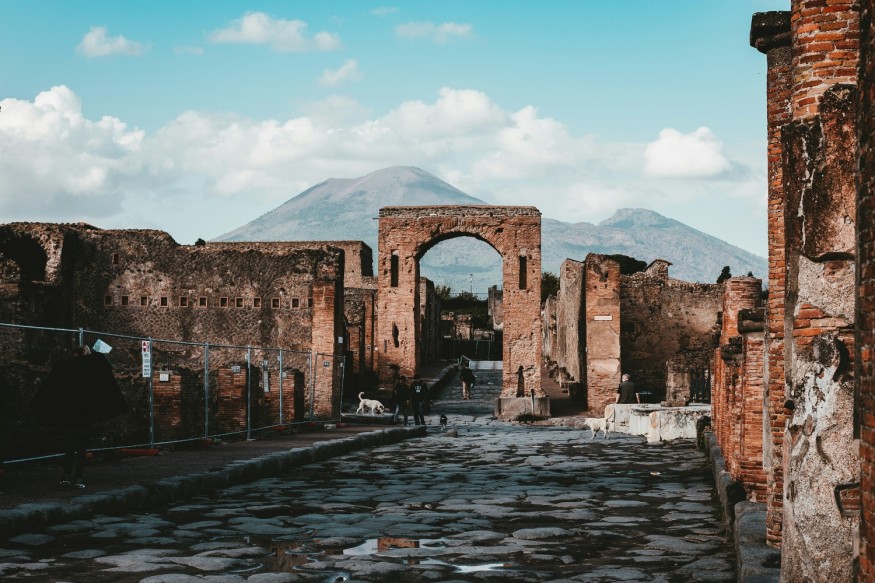Tourist Carves Name Into Pompeii’s Ancient House of the Ceii, Sparks Outrage

Ancient Pompeii, renowned for its remarkably preserved Roman ruins, has become the scene of outrage following an act of vandalism in which a tourist carved his name into a wall of the historic House of the Ceii. This incident has sparked condemnation and raised concerns about protecting invaluable archaeological treasures.
Vandalism at Pompeii's House of the Ceii
The vandal, identified as a man from Kazakhstan, etched the name "Ali" onto a section of delicate light plaster in the House of the Ceii before being apprehended on a Saturday afternoon. The House of the Ceii is believed to have belonged to Lucius Ceius Secundus, a prominent magistrate in ancient Pompeii during its zenith.
Italian authorities swiftly responded to the desecration, announcing that the perpetrator would be held accountable for funding the necessary restoration work to remove the graffiti from the ancient wall. Gabriel Zuchtriegel, director of the Pompeii Archaeological Park, condemned the act as "uncivilized" and emphasized preserving the site's integrity.
"We have stringent laws in place that ensure individuals responsible for such crimes bear the financial burden of restoration," Zuchtriegel stated. He commended the quick intervention of local authorities and restoration experts from the Ales company, as well as law enforcement's cooperation in promptly addressing the incident.
Historical Significance
The House of the Ceii is one of the few examples of a late Samnite period home that has been preserved to the present. It was likely built in the second century BCE. It has a tetrastyle atrium decorated with marvelous frescoes symbolizing wild animals in the Egyptian motive in regions of the Nile Delta. These detailed motifs resulted from impacts from the followers of the cult of Isis, which existed in Pompeii until the eruption of Mount Vesuvius in 79 CE.
Despite having been covered in ashes by the unnaturally erupted volcano Vesuvius, Pompeii today welcomes millions of tourists who come to marvel at its well-preserved structure, which so accurately depicts how the Romans lived in the day. However, even such unfortunate incidents as the above example still remind us of the difficulties that arise when trying to protect fragile and culturally valuable facilities.
Echoes of Past Vandalism and Future Protection
This act of vandalism reverberated with the recent case from last year when a tourist carved names on the surface of the Colosseum in Rome. This case saw the upping of security measures in historical sites across Italy. With the ongoing tourist season, the Italian authorities are likely to increase vigilance and protection at sites such as Pompeii to avoid such acts of vandalism and adequately protect this country's human assets.
The visitors and archaeologists recommend that there should be full respect for the archeological sites. They continue to educate people on the cultural values and the history behind them. It is expected that due to the enhanced awareness among the public and appropriate implementation of protective measures, such heinous acts of vandalism will not reoccur and, therefore, help preserve Pompeii and its precious artifacts.
Related Article : Archaeologists Latest Discovery Reveals Rare Blue Shrine in Pompeii














